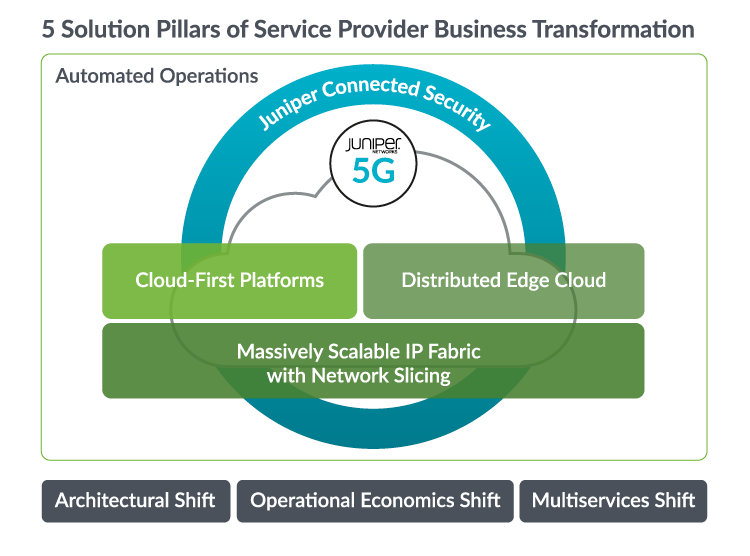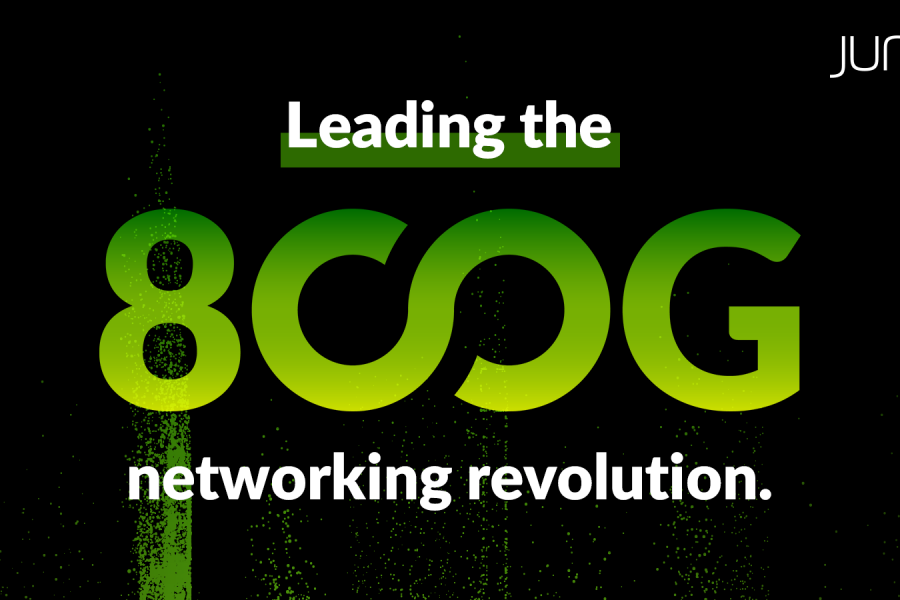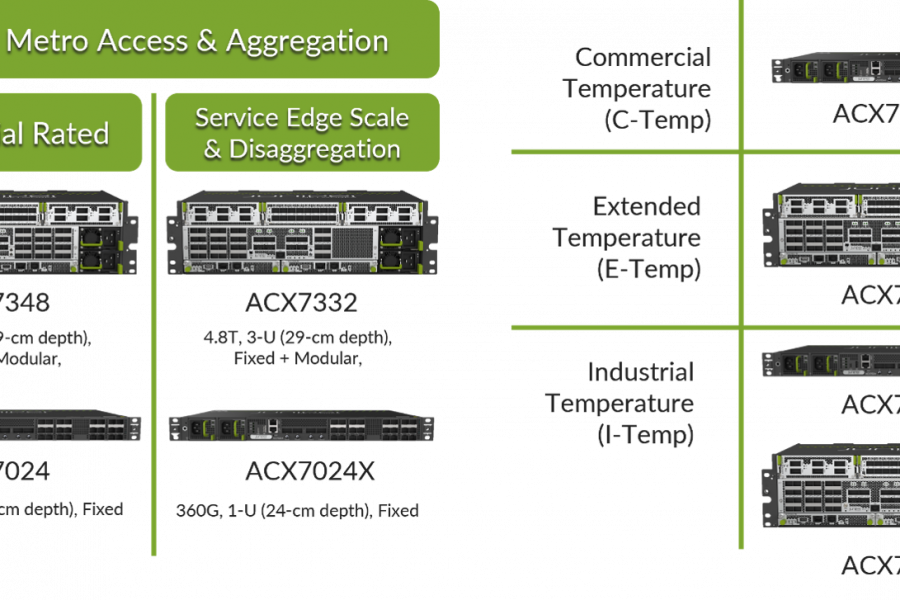Scan the headlines and it’s easy to get excited about 5G applications on the horizon: autonomous vehicles, smart factories and augmented reality and virtual reality (AR/VR) gaming, to name a few. But when it comes to the technologies that are making all of this happen, the media discussion seems to focus on 5G radios. New radios will certainly play a role in delivering faster data rates, but focus too much on that side of the story and you miss the forest for the trees.
The changes that 5G represents go far deeper, requiring service providers to completely reimagine how they architect and operate their networks. That “under the hood” discussion doesn’t always grab headlines. But it’s those changes—moving to cloud native infrastructures, redefining the network edge, reinventing central offices, enabling automated network slicing and integrating security everywhere — that make new and truly revolutionary 5G use cases possible. In other words, it’s not just 5G, but the ‘Cloud + 5G + AI’ era that will collectively enable service provider business transformation.
What’s so different about the ‘Cloud + 5G + AI’ era? Why does it represent such a huge change for network operators? And how will they wrangle the operational complexity that these changes introduce? Juniper’s Amit Bhardwaj recently joined the Packet Pushers Heavy Networking 493: Taming Service Provider Complexity in 5G Networks podcast to address this.
Economics Drive the Future of 5G Networks
Global service providers are already well down the path toward 5G evolution. But as Amit explains, we haven’t actually identified a “killer app” yet for 5G. So, as operators upgrade their networks, they keep running into hard questions such as, “How am I going to get a return on these investments?”
Service providers won’t find answers from just new 5G radios. Yes, they offer big capacity boosts compared to 4G. But how often have service providers been able to monetize bandwidth? In practice, higher network speeds quickly become table stakes and average revenue per user (ARPU) stays flat.
The move to ‘Cloud + 5G + AI’ enabled networks is about to shake up that status quo.
It All Starts with the Network
The real transformational potential of 5G lies in changing the economics – both the top and bottom lines. Changing the top line is made possible by new use cases and services that spawn new business models and experiences, and perhaps entirely new industries. Things like ultra-low latency applications, ultra-reliable communications for automated machine decision-making, a full suite of cloud-delivered, cloud-managed enterprise services, secure connectivity for billions of Internet of Things (IoT) devices and converged hybrid access.
None of these depend on larger bandwidth pipes. Instead, they require a network with the flexibility and ultra-low latency of a distributed cloud, a multi-service infrastructure enabled by automated network slicing and webscale economics possible only with the move to cloud and AI.
‘Cloud + 5G + AI’ also shifts the network bottom line, by not just moving bits and bytes faster across the network, but dynamically assembling and reassembling resources close to users when they’re needed, where they’re needed and on demand.
Service providers are the only players in the value chain that can bring these capabilities together. To do so, they need a very different kind of network. They need a network that enables:
- A Reimagined Edge: Use cases like smart factories, mobile AR gaming and vehicle-to-vehicle communications won’t work with traditional models where endpoints communicate with a centralized cloud. Instead, they need resources positioned closer to where they’re consumed and where roundtrip latencies can be measured in nanoseconds. To make this possible, service providers are reinventing traditional points of presence (PoP) as next-generation central offices in a distributed cloud. And the basic concept of “edge” itself becomes fungible. Does the edge of the network reside in a PoP? A metro location? A customer premises equipment (CPE) device? Depending on the use case and customer need, the answer is yes, yes and yes.
- Network Slicing: For years, service providers have had limited network capability to tune services to specific enterprise customers’ needs. 5G upends that model, giving service providers the ability to slice and dice their network into customized segments tuned to specific use cases. Network slices combine specified bandwidth, latency and compute location under an SLA. They also bring new requirements for granular traffic control and segmentation end-to-end, from core networks out to the edge.
- Inline Security: Analysts forecast that cybercrime will cost $6 trillion by 2021. With 5G and IoT, new attack surfaces arise and threats increase in volume, frequency and sophistication. Customers can no longer depend on siloed security systems and manual threat response to protect them in real time and at scale. Without an integrated, connected, inline approach to security, they simply can’t deliver new services and experiences.
- Automation: All of these changes add complexity to service provider networks and, as a result, traditional operational models quickly break down. There are too many moving parts and too many decisions that can’t wait for human operators to take action. Instead, service providers need Self-Driving Networks™ that use artificial intelligence (AI) to react to changes dynamically. Getting there will be a process, but it starts with a networking layer that’s fully automated—or at least automatable. Every node must support telemetry and programmability to enable closed loop automation and event-driven decision making.
- Cloud-Native Infrastructure: The move to the cloud is a precursor to realizing a 5G network that can scale at the right economics, be agile enough to respond to the next killer app and allow service providers to reap the same benefits that web scale providers have created value with. It starts with virtualization and disaggregation and moves to more sophisticated concepts such as containers and micro-services, but most importantly, a cloud-native infrastructure is key to changing the topline with not just new services, but also ‘as-a-service’ type of business models.
Juniper Fuels the ‘Cloud + 5G + AI’ Era Transformation
Once you understand the huge changes happening inside service provider networks, the focus on just new 5G radios seems almost quaint. What about everything else?
That’s where Juniper comes in. We have no disillusions about the scope that undertaking 5G represents for service providers and we’re providing a new generation of networking solutions to help succeed in the ‘Cloud + 5G + AI’ era. Check out the full podcast as Amit discusses some of these innovations, including:
- New edge models and control plane/user plane separation
- Support for “class C” timing accuracy to enable low-latency use cases
- In-line protection against distributed denial-of-service (DDoS) attacks at scale
- New management frameworks for ubiquitous programmability and telemetry
- Automation tools, like Contrail Healthbot, that enable automated, event-driven decision-making
Innovations like these don’t always capture the headlines. But speak to service providers and you’ll quickly realize that this is where the real revolution begins. For more on how Juniper is bringing ‘Cloud + 5G + AI’ solutions to life, please join us at our Juniper Virtual Summit for Cloud & Service Providers on June 10 (US/EMEA) and June 11 (APAC).


